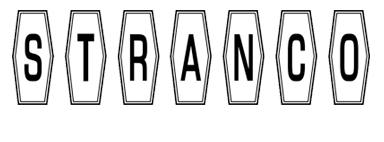During printed circuit board manufacturing, workers or machines add electrical components to the printed circuit board (PCB). Then, depending on the board specifics, industry or size of the company's operations, the board is subjected to heat through one of several available processes to melt the solder into place. This solidification of the solder joins the components and the board together.
"This process has largely replaced the through-hole technology method."
How effective are surface mount technology in PCB manufacturing?
One type of PCB construction method is surface mount technology (SMT). In the SMT process, electronic components are placed directly onto the surface of the PCB. This process has largely replaced the through-hole technology method. In through-hole technology, leads on the component are inserted through holes in the PCB. While SMT was developed in the 1960s, it was not until the 1980s that SMT became commonly used. The pursuit of higher production speeds, higher component density, and smaller components lead to the development and adoption of this technology in replacement of through-hole technology.
In the SMT process, the printed circuit board is produced with solder pads located where the components will be placed. Solder paste is precisely applied to the solder pads in preparation for the placement of components on the board. The components, which have small tabs or end caps, are placed on the boards manually or, more typically, with sophisticated placement machines to align with the solder pads. Heat is applied to melt the solder, and upon cooling, solidify the components to the board.
"Mass produced electronic circuit boards need to be manufactured in a highly mechanised manner to ensure the lowest cost of manufacture," Radio-Electronics explained on its website. "The traditional leaded electronic components do not lend themselves to this approach. Although some mechanisation was possible, component leads needed to be pre-formed. Also when the leads were inserted into boards automatically problems were often encountered as wires would often not fit properly slowing production rates considerably."
Using reflow soldering with SMT
Reflow soldering is the process of warming the board to melt the solder paste. Upon cooling the solder solidifies and joins the components to the board. This reflow method must be warm enough to warm the board and melt the solder, but must do so without damaging any susceptible electrical components through overheating. Finding the right balance is key to production efficiency during the PCB manufacturing process.
"The conscientious SMT manufacturer will work to approach the ideal profile for each product." Jim Bergenthal wrote for KEMET Electronics Corporation. "Using the ideal profile will result in the maximum attainment of all goals, and a nearly trouble-free process. The solder process used depends on its ability to consistently deliver the ideal profile for each product."
Manufacturers often use barcode labels to track components and boards through the manufacturing process. As manufacturers expose PCBs to high temperatures during reflow soldering, they must consider what type of barcode label they will be able to use. The label must be durable and not fade through the entire process. Typically, polyimide thermal transfer labels are used for SMT labeling applications. Contact Stranco today to learn more about our rugged polyimide label materials to support a wide variety of PCB production needs.

